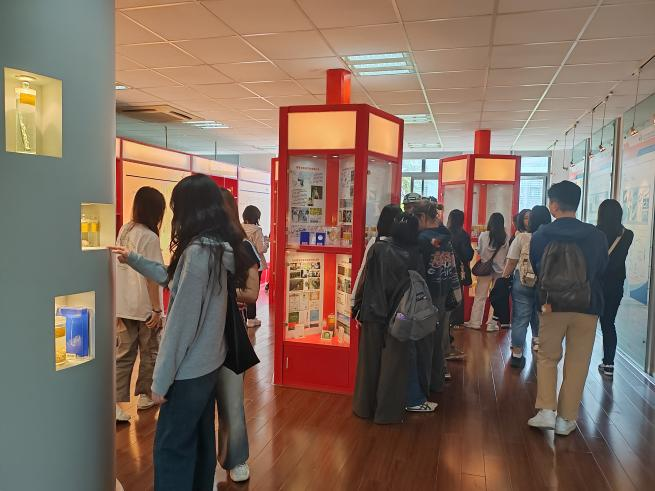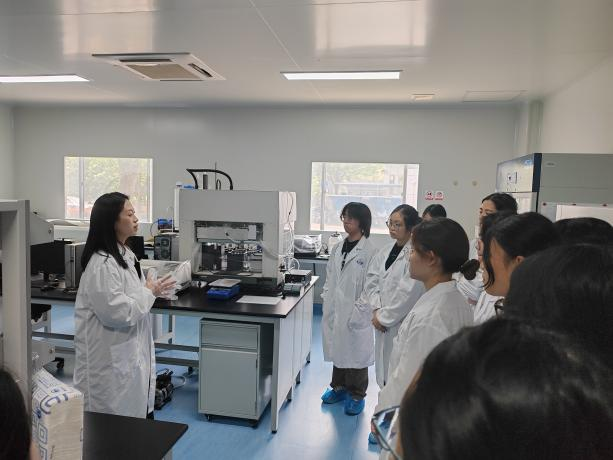
In order to further deepen academic exchanges and cooperation between China and Singapore in the field of veterinary medicine, a delegation of teachers and students from the School of Applied Sciences at Temasek Polytechnic in Singapore recently visited SHVRI. Yifeng JIANG, Director of the Scientific Research Management Department and Wei JIANG, Deputy Director, attended the event.

Professor JIANG, on behalf of SHVRI, warmly welcomed the visit of the faculty and student delegation from Temasek Polytechnic, he then introduced the development history and mission of SHVRI, and highlighted the research achievements in major animal disease prevention and control, zoonotic disease research, and other fields in recent years. Professor JIANG expressed the hope that through this event, the two sides can further deepen their exchanges and cooperation in the field of veterinary medicine, and jointly explore new models of academic research and talent cultivation.

LIM YONG KIAN, School of Applied Sciences at Temasek Polytechnic in Singapore, stated that as the only higher education institution in Singapore to offer veterinary medicine, its three-year veterinary program is currently in a critical stage of development. During an important period when students are facing the choice of professional direction, a precious opportunity of visiting SHVRI for on-site learning is of great significance for expanding students' professional horizons and deepening industry awareness. He emphasized that this exchange not only provides important references for students' future career planning, but also lays a good foundation for cooperation between the two sides in the field of veterinary education.


During the academic report section, Researcher Wei JIANG from the Food Safety Team and Associate Researcher ZHU Jie from the Companion Animal Team shared and exchanged ideas on the development of microbial detection technology and research on yolk antibodies, providing ideas for disciplinary exchanges. The delegation later on visited SHVRI's Parasitic Specimen Museum, CNAS Testing Center, and Central Instrument Center. Students have expressed that through this on-site inspections, technical demonstrations, and professional exchanges, they have gained a deeper understanding of the entire chain of animal disease prevention and control research, and has also provided useful references for their future learning and research.

